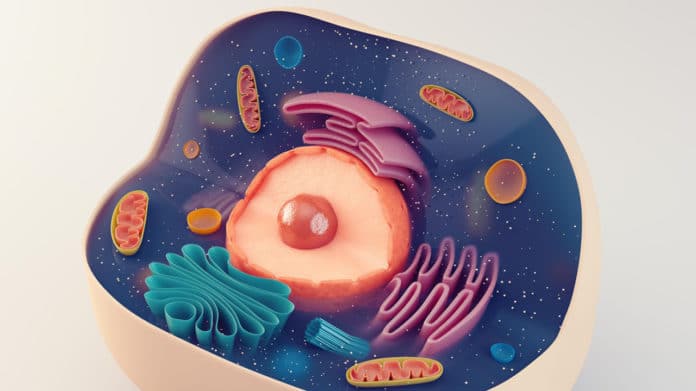In the S-acylation process, the lipid is chemically linked to protein through a thioester bond. This essential process o cell controls the localization and function of various proteins.
It promotes the protein’s lipid membrane association, for instance, to the plasma membrane, Golgi apparatus, or inner nuclear membrane.
Like most biochemical cycles in the cell, protein S-acylation is reversible to regulate acylated proteins’ functions. S-acylation is switched by the enzymes acyl protein thioesterases (APTs).
To work, APTs need to interact with the lipid membranes that their target proteins are bound to. Even though the ATPs are significant for the acylation deacylation process, little is known about how APTs carry out their functions.
Scientists led by Gisou van der Goot and Matteo Dal Peraro at the EPFL School of Life Sciences have now made significant inroads into our understanding of how APT2, a major acyl thioesterase, the cell, works.
At first, scientists showed that the APTs have the natural membrane-binding capacity. By combining X-ray crystallography and molecular dynamics simulations, they showed that APTs contain in their structure positively-charged patches that allow them to attract the lipid bilayer of a membrane electrostatically.
Scientists also found that APTs have a mildly hydrophobic loop on their surface. These loops are known as “β tongue” that enables the enzyme to perform hydrophobic interactions with the membrane.
Scientists synthesized APT2 mutants with deficient β tongues. They found that they were rendered unable to bind membranes, which led them to conclude that the ß tongue sequence mediates the ability of APT2 (and other thioesterases by extension) to bind membranes.
When scientists analyzed the structure of APT2, they discovered a site that can prompt degradation and allows the enzyme to be bound by ubiquitin, a protein that the cell uses to mark molecules for a breakdown.
Essentially, APT2 contains a built-in control mechanism for its degradation – but this can only happen after its target has been deacylated and APT2 has been released from it. Alternatively, after one job is complete, APT2 can relocate to another membrane, bind it, and deacylate another protein there.
Later on, scientists switched to the S-acylation of APT2 itself. They used another APT2 mutant and demonstrated that this accumulation depends on the S-acylation of APT2 itself – on a cysteine amino acid along its sequence (Cys2). In short, S-acylation on Cys-2 is essential for APT2 to be able to stably bind lipid membranes and deacylate its targets in the cell.
By screening all the palmitoyltransferase enzymes, they discovered possible candidate enzymes that can acylate APT2. The results showed that APT2 could be S-acylated by either of two palmitoyltransferases, ZDHHC3 or ZDHHC7.
Next, scientists brought all the data together to determine how APT2 binds lipid membranes. They discovered that APT2 binds membranes in a three-step process. First, long-range electrostatic interactions attract the enzyme, through its positive patches, to the lipid membrane. There, the β tongue “dips” into the membrane and holds APT2 temporarily in place, which is necessary for it to be “met” by the enzymes that will acylate it. This leads to APT2 being stably bound to the membrane and ready to perform its deacetylating functions.
Gisou van der Goot said, “This study shows that APT2 is, in fact, a hybrid between a lipid carrier protein, which can extract lipid from membranes, and a hydrolase, which can cut the lipid of a protein.”
Journal Reference:
- Laurence Abrami, et al. Molecular mode of action of an Acyl Protein thioesterase. Nature Chemical Biology 11 March 2021. DOI: 10.1038/s41589-021-00753-2
